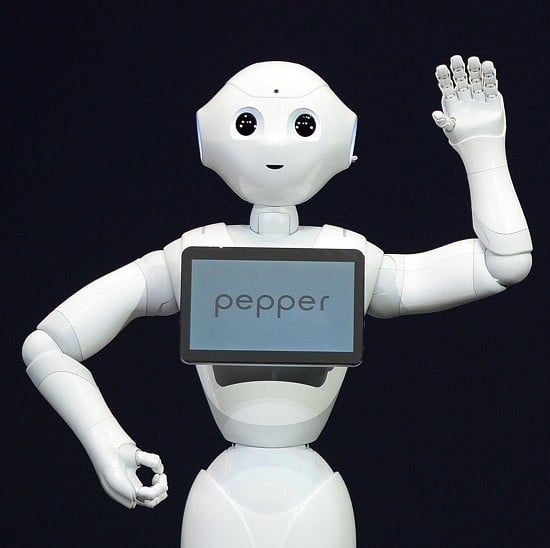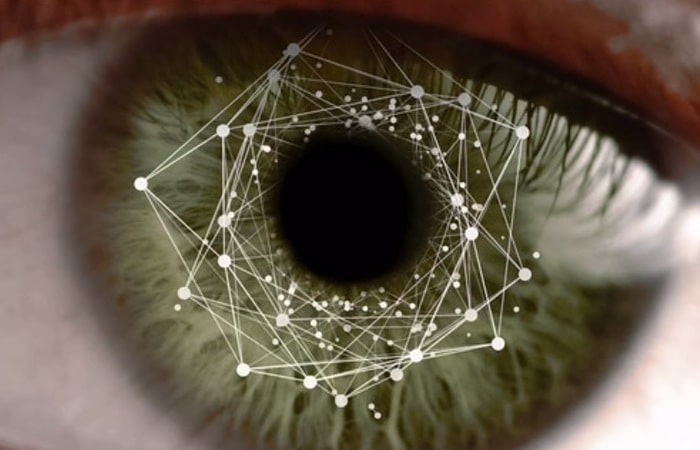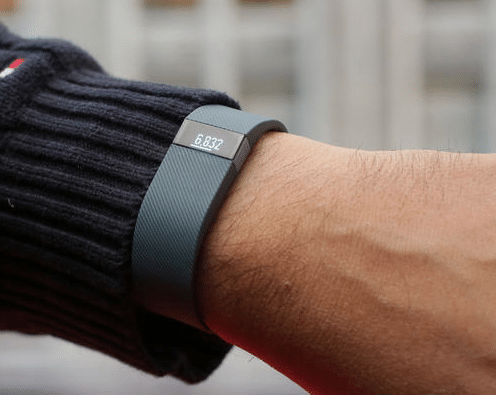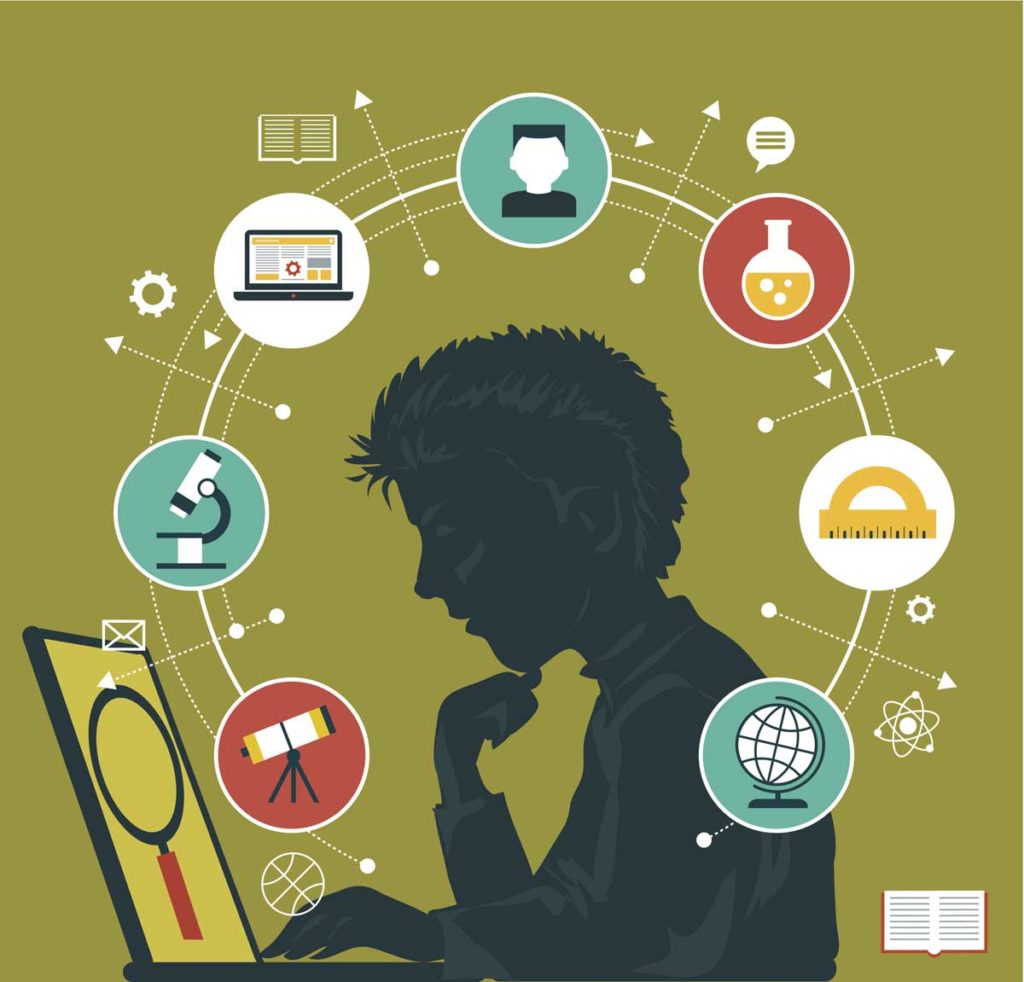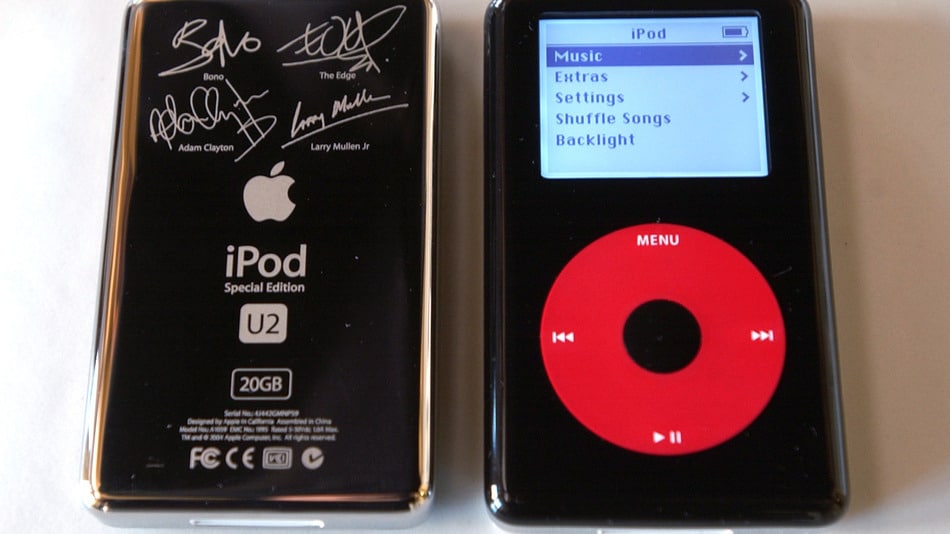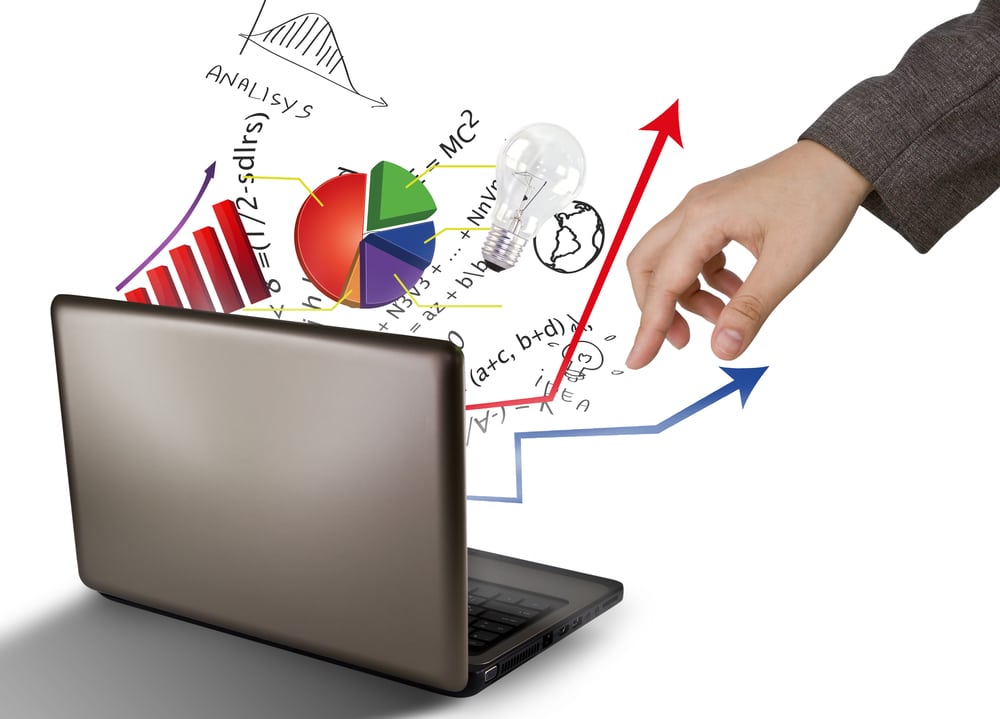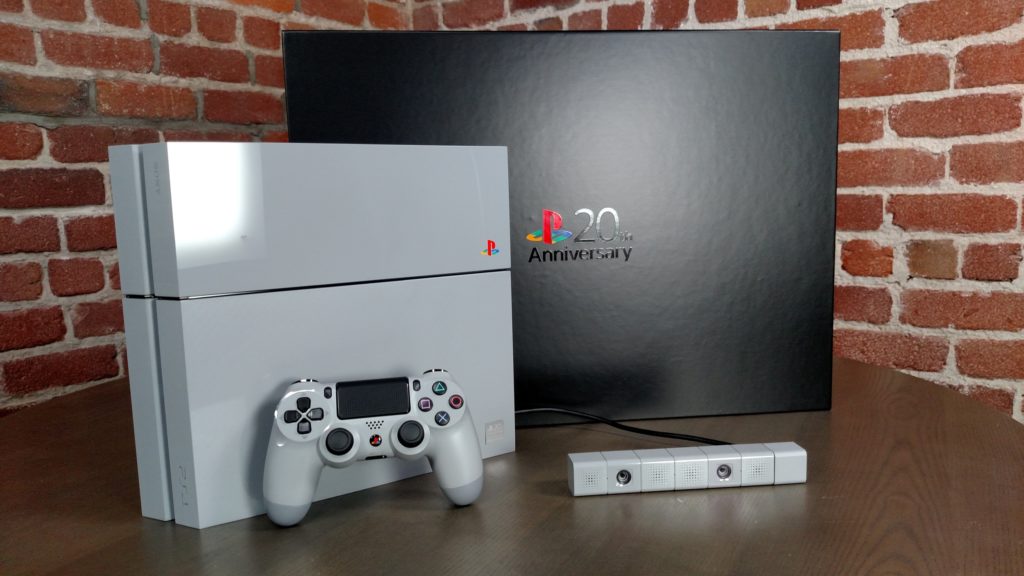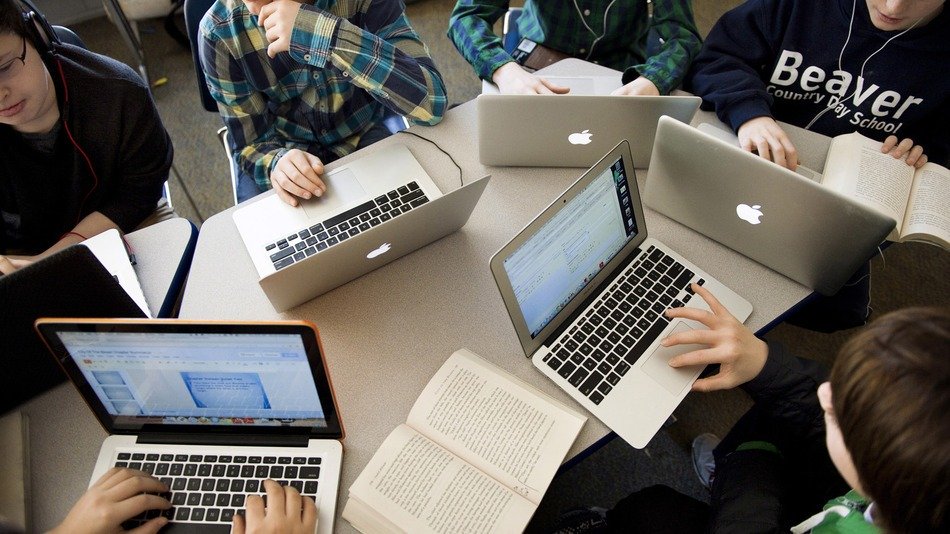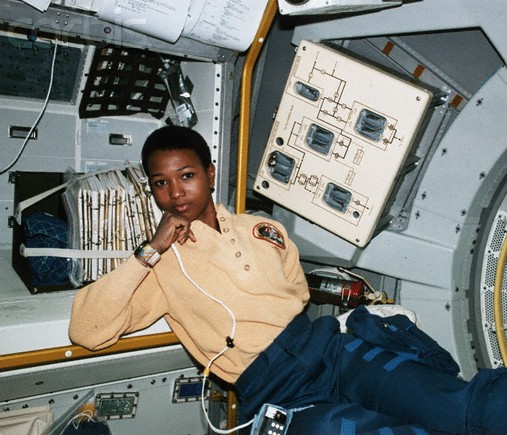Sony released a special, incredibly rare limited edition version of the PlayStation 4 in honor of the console’s 20th anniversary less than a week ago and while some avid gamers are in love with the design that pays homage to the original PlayStation, others are struggling to understand what all the hype is about.
Only 12,300 of the limited edition consoles exist and anyone who didn’t place their order by December 6 will have to make their way online to sites like eBay where the consoles have been sold for roughly $20,000. Yes, four zeroes—no typo there.
But is it really worth it?
The limited edition console has the same sleek design as the PlayStation 4 but comes in gray, the same color that the original console was in.

It also boasts the original PlayStation logo with gray controllers and even a matching camera, an addition that doesn’t come in your typical PlayStation 4 bundle.
The console also features a plate that lets buyers know exactly which console they received out of the 12,300 that are available and has small Xs, squares, triangles and Os engraved all over it.
For those who don’t know, those are symbols on the buttons of the PlayStation controller.
So is the gray PlayStation 4 really worth thousands of extra dollars?
For some gamers, the gray paint job isn’t enough to get excited about.
“As nice as it is, my initial hype dropped very quickly,” said one Engadget reader. “It’s a grey PS4… that’s it. Yes it’s rare and limited and all that, but what can it do than [sic] any other PS4 can’t?”
The reader went on to slam consumers as “total idiots” for dishing out so much extra cash for what some see as nothing more than a change in color.
Others just simply didn’t like the gray color at all and wished the limited edition console would have went a little outside the box with color choices.
For some gamers, however, the emotional attachment to that gray paintjob was well worth the extra money.
There is something about seeing the color of the original PlayStation slapped across the latest generation of the console that melts the hearts of those who are openly and honestly game-obsessed.
The gray color isn’t just about a difference in appearance in this case.
It’s about bringing up the pixelated memories of the early Street Fighter and Final Fantasy games, having a newfound respect for earthworms after playing Worms Armageddon, the nights spent tormented as a child after playing way too many hours of Silent Hill and Resident Evil and the time you nearly broke your television because you just couldn’t get past the second level of PaRappa the Rapper.
For those gamers, the limited edition console isn’t just painted gray, it’s honoring the emotional attachment that some have formed with the PlayStation brand as a whole.
“I love the nostalgia design-wise, our generation and those a bit before us can appreciate that,” said Marlon Tiller, an avid 22-year-old gamer who grew up with not only the latest PlayStation consoles but also the latest consoles from Xbox and Nintendo. “New kids are going to miss out. They’re definitely not gonna get it. For me, when I saw [the 20th anniversary edition console] I could hear the old PlayStation startup screen sound in my head.”
Of course, for those who are not nearly as attached to the console and never attempted to deliver a high kick to the back of their best friend’s head after playing Tekken, white and black PlayStation 4’s will still be sold at their usual price of roughly $400.

